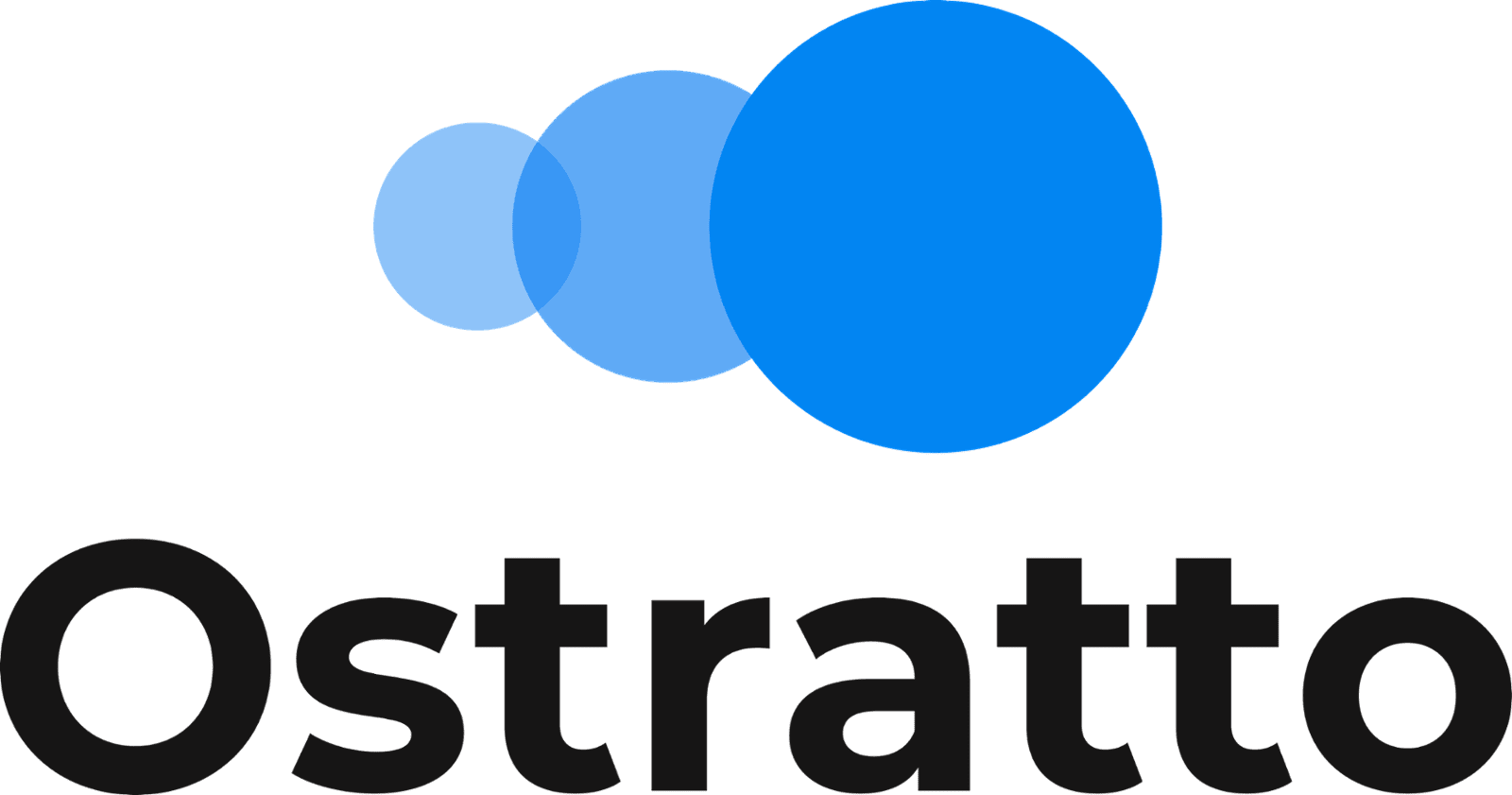Customer Success
Customers have problems, so they submit tickets, send emails, and make phone calls. Hopefully, the service or support team resolves those problems, and customers continue on their merry way. That’s customer service. It’s focused on the case-by-case and the here-and-now.
As for account management, that’s a dated concept from the agency era. Account managers woo dissatisfied customers and handle problems as they arise. Like customer service, it focuses too heavily on case-by-case interactions, and it’s still very much like customer service: reactive. Additionally, the account management mindset is different than Customer Success Management. It’s all in the name: account managers manage accounts (the money coming in) not the success of the customer who has the account.
Customer Success is the successor of account management. It’s fundamentally superior. It pinpoints problems and opportunities by collecting and leveraging as many data points as possible about the customer. Furthermore, Customer Success informs strategy; it helps businesses better understand the customer experience and life-cycle so they can improve it. On top of all that, customer success truly focuses on the customer and how that customer can succeed, as opposed to only focusing on how the company can succeed.
It’s a mindset shift that reaps big rewards for everyone.
How does it work?
Customer Success works by three components working in tandem:
Strategy
An organisation-level tactical approach designed around the customer, not around the businesses 'usual' operation structure.
Solution
A software stack that (at its most basic) works for the customer and makes work, well, less work. This could also include an addition to existing solutions.
Support
Professionals supporting the solution that has been implemented. A team being available for when the inevitable may happen.
Customer Success Solution
Let's break down the three components
Strategy
Customer success literally makes or breaks a business. Customer success permeates every part of Ostratto, and our principles outline a strategy that accounts for customers’ success. To determine that strategy, we started from the ground up by answering the following:
- What does our existing customer experience look like?
- How can CS impact our customers and their experiences?
- Which content and communications channels do our customers prefer?
- What’s the appropriate rhythm for engaging our customers and monitoring them throughout their lifetime?
Once we had these answers we were able to form our customer success approach.
Solution
By providing a product range with alternatives, it's more likely that we can provide platforms and applications that suit your business operation. Obviously we have our preferences on which software trumps the others on usability and value but this is ultimately where the CS approach comes into play - it's about the customer and the success strategy defined. And this strategy can change as the customers' business requirements change.
Because of this, Ostratto will never stop testing and learning new solutions for two primary reasons:
- Software changes - Often a customer's requirements change and new workflows are required. By having alternatives with a different feature-set, it's more likely the perfect solution can be implemented in place of another.
- Lifetime protection - The software industry is a fast moving one. Often software changes pricing models or drops features. Our customers may depend heavily on one feature that other customers do not and we need to be prepared to change solutions to our alternatives.
Support
Ongoing support is what truly makes the customer success model excel. It takes the solution and builds upon it to become a true foundation for businesses. The day of the stand-alone tool in tech business has passed. Now, companies need software and service. So, what goes into the service side? Customer success solutions are an integration of technology, Marketing, Sales, Professional Services, Training and Support into a relationship.
In simple terms, an excellent example would be how our technical support provide technical consultancy with business economics and processes in mind. It's not just whats technically possible, it's what is technically possible and still business viable and of a cost benefit to the business.

